Develop a model to describe that matter is made of particles too small to be seen.
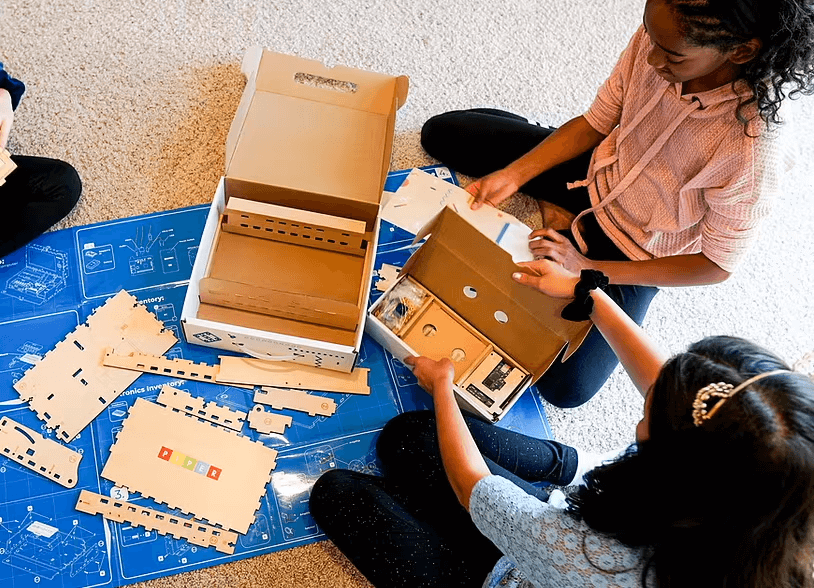
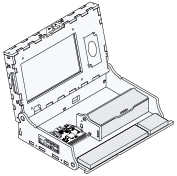 Piper Computer Kit
Piper Computer Kit
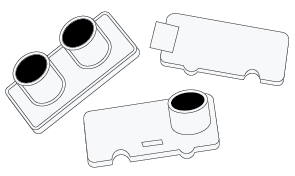 Sensor Explorer Kit
Sensor Explorer Kit
Return to the KWL chart from Lesson 1. Have students identify what they now know from learning in lessons 1-3. Have students provide new insights to fill out your updated KWL.
Using this diagram, have students identify the state of water for each part of the water cycle that they explored in Lessons 1-3.
Note: A copy of this diagram can be found in Slide 2 of the Lesson 4 Slide Deck.
"Now we’re going to dive more into the phase change aspect. See if the exploration reminds you of anything that we’ve learned in the previous lessons."
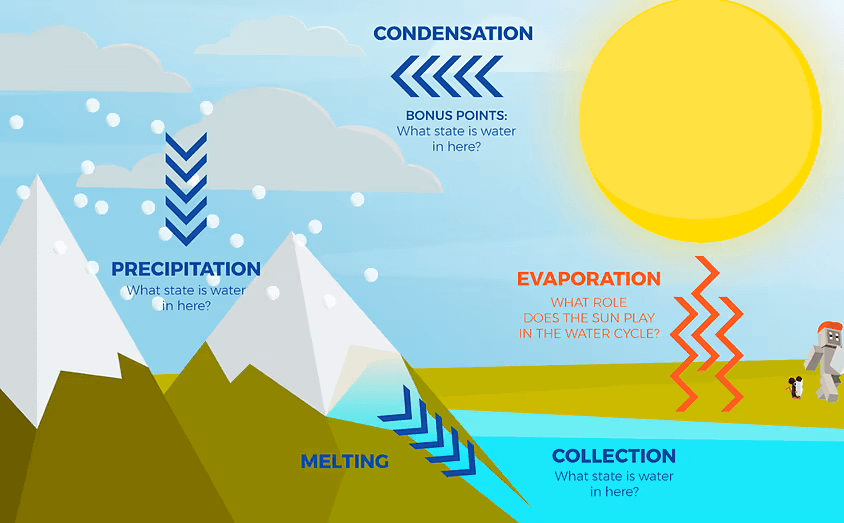
“We’ve learned about the water cycle, temperature and states of matter. A phase is a state of matter, so we will be exploring how water changes between states during what we call phase changes.”
Have students play the Temperature Sensor StoryMode level called TerreSense, which is the last level in the StarLab Mission series on the Piper Computer Kit StoryMode software. As they play, encourage students to record their observations in their Graphic Organizer.
Note: During StoryMode, students follow Pip and PiperBot to a planet where a magical wrench can change the environment. In the physical world, they will measure the temperature of objects in order to transfer energy to or from a system and cause a change in the state of water. Their use of the sensor will be similar to the Ther-mood-stat PiperCode project they completed in Lesson 2. You will need to provide students with something cold to measure. For something warm they can rub their hands together. **Be sure to remind students to not submerge the sensor in any liquid.
Use the Lesson 4 slides to answer the question: What states did you change as phase changes occurred?
Tell students the following (either on the whiteboard or verbally): Temperature is a measure of kinetic energy and transferring energy can cause a phase change.
Ask students the following questions using the slides:Following these slides, have students complete the table in their Graphic Organizer. Review the answers shown below and discuss the questions as a class:
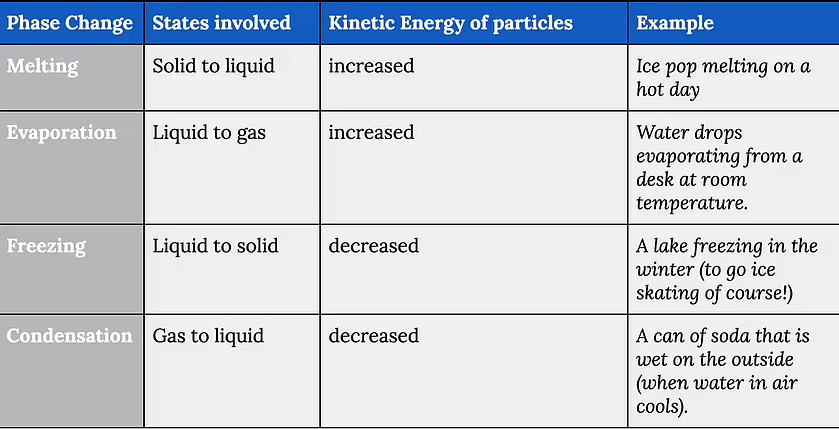
Have students Think, Pair, Share for the following StoryMode reflection question:
How did changing the climate in the game impact the environment in the world? How does that relate to the environment on earth?
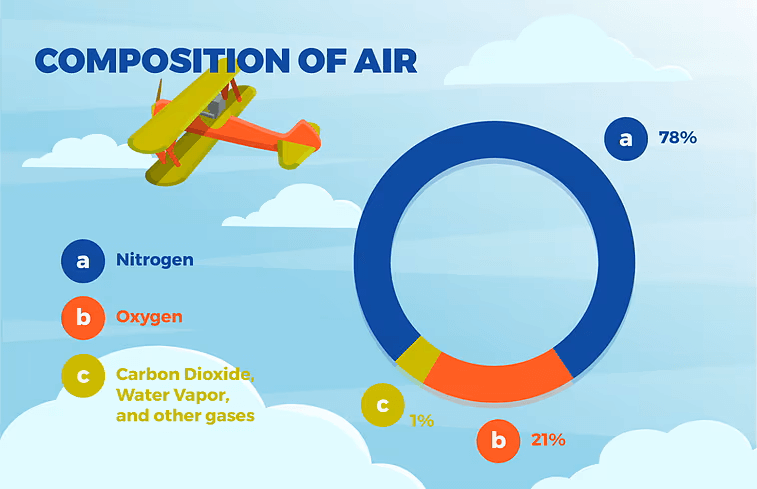
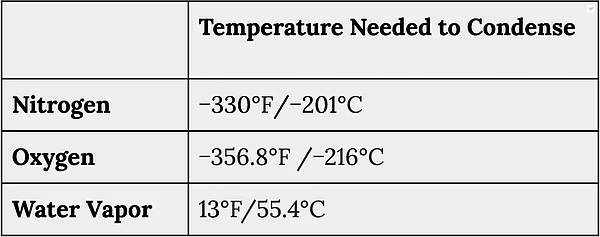
Explain to students how temperature, states of matter, and phase changes interact to create the water cycle. Use the diagram from the engagement part of this lesson and the diagram from Lesson 1 to help guide students as you explain.
(Optional): Provide this optional assignment to students in class or for homework to assess their understanding: Additional Assignment: TS Lesson 4.
To evaluate understanding, have students complete the following Assessment on the different properties for each state of matter.
 Soil and Plant Scientist: Salary $65,730/yr
Soil and Plant Scientist: Salary $65,730/yr
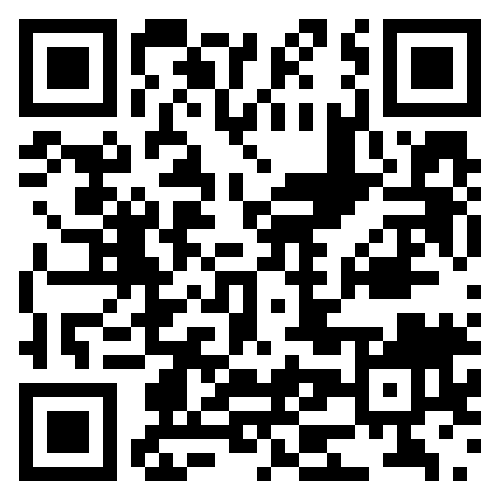 Meteorologist: Salary $92,860/yr
Meteorologist: Salary $92,860/yr
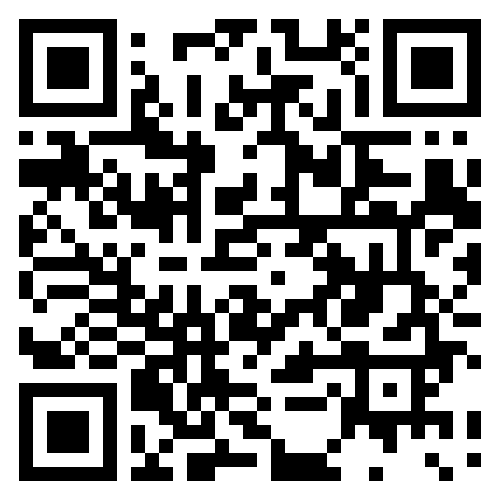 Air Conditioning Installer: Salary $57,300/yr
Air Conditioning Installer: Salary $57,300/yr
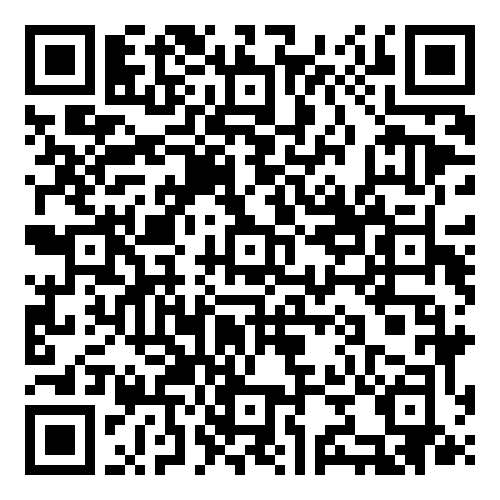 Hydrologic Technician: Salary $53,360/yr
Hydrologic Technician: Salary $53,360/yr
Particles The tiny bits of matter that make up everything around us, like atoms and molecules. In science, particles are important because they help us understand how things behave, like how they move, interact, and change. For example, when you heat a substance, its particles move faster, which can change its temperature or state.
Climate The average weather conditions in a place over a long period of time, usually 30 years or more. It includes patterns of temperature, precipitation, and other weather factors.
Condensation The process where water vapor in the air cools down and changes back into liquid water. This happens when warm, moist air touches a cooler surface, like when you see water droplets on the outside of a cold drink or on windows during a chilly day. It’s an important part of the water cycle and helps form clouds and precipitation.
We are excited to be aligned with the following standards.
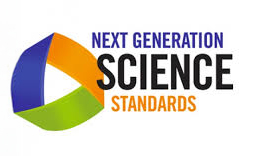
| Concept | Standard |
|
Develop a model to describe that matter is made of particles too small to be seen. |
3-5-PS1-1 |
|
Make observations and/or measurements of an object’s motion to provide evidence that a pattern can be used to predict future motion. |
3-PS2-2 |
|
Develop a model of waves to describe patterns in terms of amplitude and wavelength and that waves can cause objects to move. |
4-PS4-1 |
|
Develop a model to describe that light reflecting from objects and entering the eye allows objects to be seen. |
4-PS4-2 |
|
Generate and compare multiple solutions that use patterns to transfer information. |
4-PS4-3 |
|
Use a model to describe that animals receive different types of information through their senses, process the information in their brain, and respond to the information in different ways. |
4-LS1-2 |
|
Develop a model to describe the cycling of matter and flow of energy among living and nonliving parts of an ecosystem. |
MS-LS2-3 |
|
Develop a model that predicts and describes changes in particle motion, temperature, and state of a pure substance when thermal energy is added or removed. |
MS-PS1-4 |
|
Plan an investigation to determine the relationships among the energy transferred, the type of matter, the mass, and the change in the average kinetic energy of the particles as measured by the temperature of the sample. |
MS-PS3-4 |
|
Construct, use, and present arguments to support the claim that when the kinetic energy of an object changes, energy is transferred to or from the object. |
MS-PS3-5 |
|
Develop a model to describe that waves are reflected, absorbed, or transmitted through various materials. |
MS-PS4-2 |
|
Develop a model to describe the cycling of water through Earth's systems driven by energy from the sun and the force of gravity. |
MS-ESS2-4 |
|
Ask questions to clarify evidence of the factors that have caused the rise in global temperatures over the past century. |
MS-ESS3-5 |
|
Obtain and combine information to describe climates in different regions of the world. |
3-ESS2-2 |